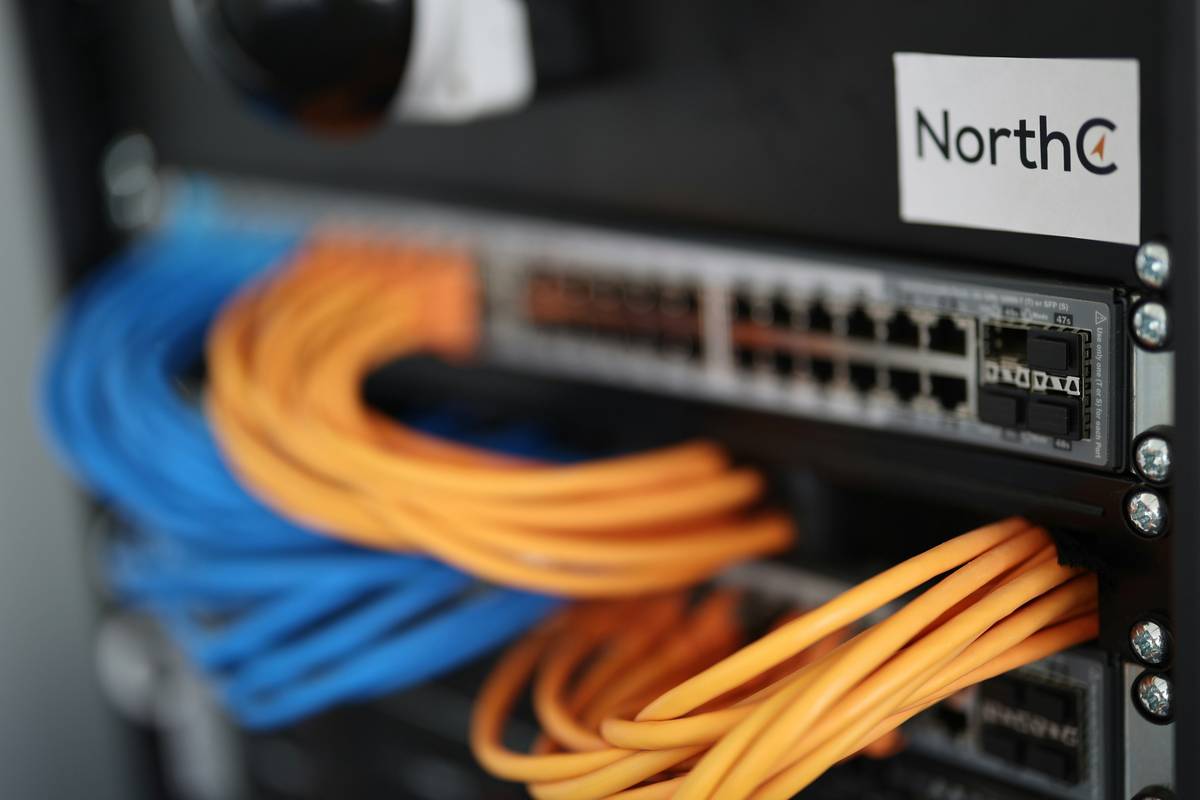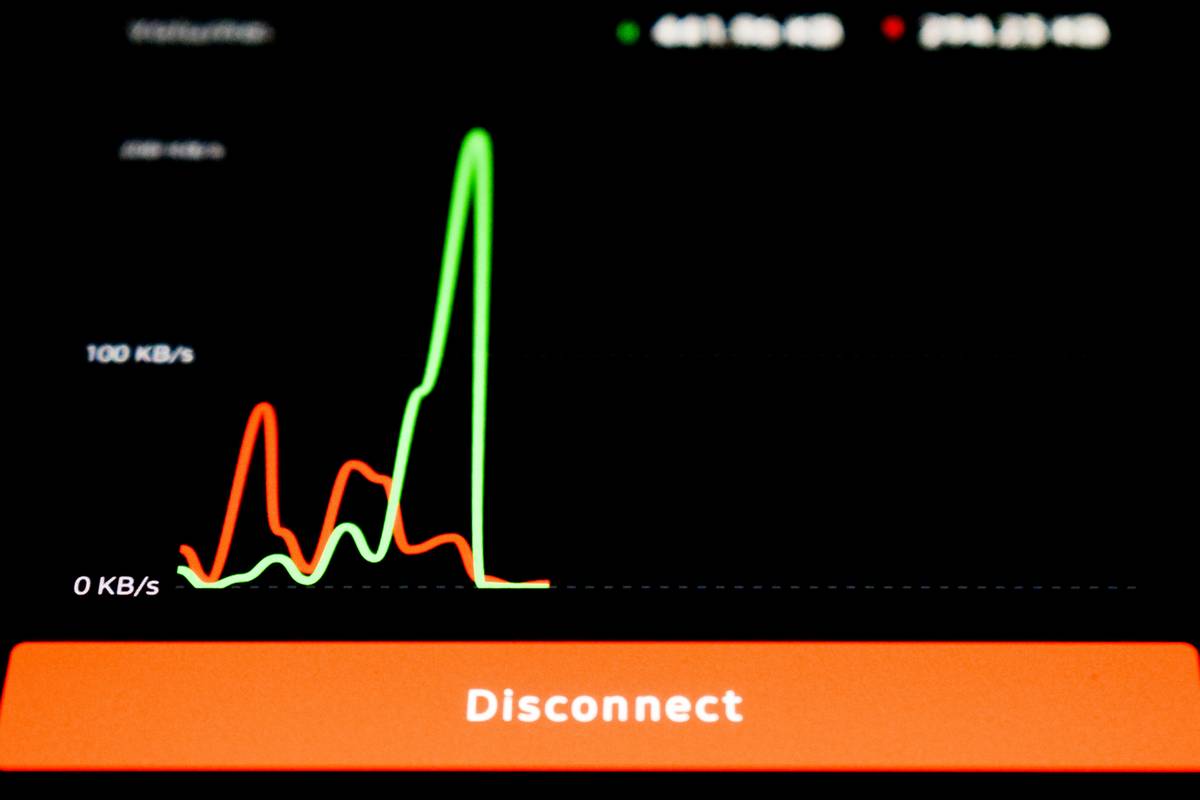Ever felt the chill of your system crashing during peak traffic, leaving sensitive data vulnerable? Yeah, that’s every cybersecurity pro’s nightmare. In today’s hyper-connected world, fault tolerance is the unsung hero protecting your systems from catastrophic failures. And guess what? The key to achieving rock-solid fault tolerance lies in mastering load testing techniques. Let’s dive into this game-changing process and learn how to build systems so resilient they practically laugh in the face of failure.
Table of Contents
- Key Takeaways
- Why Fault Tolerance Matters in Cybersecurity
- Step-by-Step Guide to Load Testing Techniques
- Best Practices for Effective Load Testing
- Real-World Examples of Load Testing Success
- FAQs on Load Testing and Fault Tolerance
Key Takeaways
- Load testing techniques are critical for ensuring fault tolerance in cybersecurity and data management.
- Identify bottlenecks early by simulating real-world scenarios under heavy loads.
- Avoid common pitfalls like skipping scalability tests or neglecting post-test analysis.
- Use tools like Apache JMeter, Gatling, and LoadRunner to streamline testing workflows.
- Case studies show businesses saving millions by integrating robust load testing protocols.
Why Fault Tolerance Matters in Cybersecurity
Fault tolerance isn’t just a buzzword—it’s a lifeline. Imagine running an e-commerce platform during Black Friday when suddenly, your server crumbles under the weight of user requests. Not only do you lose sales, but sensitive customer data might also be at risk. This happened to me once—I’ll never forget the chaos of debugging a crashed system while getting bombarded with angry client calls.
In cybersecurity, fault tolerance ensures your systems stay up even when things go haywire. Whether it’s hardware malfunctions, DDOS attacks, or human errors, having a plan B (and C) keeps your operations smooth. Enter load testing techniques: these methods simulate extreme conditions to identify weak spots before hackers or unexpected surges can exploit them.

Step-by-Step Guide to Load Testing Techniques
Step 1: Define Your Objectives
Optimist You: “Let’s start load testing!”
Grumpy You: “Sure, but only if we know *why* we’re doing it first.”
The first step is setting clear goals. Are you preventing downtime during peak usage? Or maybe ensuring seamless recovery after a system failure? Write down what success looks like.
Step 2: Choose the Right Tools
Selecting the right tool depends on your needs:
- Apache JMeter: Open-source favorite, great for API and web app tests.
- Gatling: Ideal for performance metrics visualization.
- LoadRunner: Enterprise-grade powerhouse for large-scale simulations.
Scream “chef’s kiss” when you find the perfect fit!
Step 3: Create Realistic Test Scenarios
Don’t just simulate random load; mimic actual user behavior. How many concurrent users will access your database? What’s the typical request rate? Get granular. It sounds like micromanaging, but trust me—it works.
Step 4: Run Tests and Monitor Performance
Fire up those load tests! Use dashboards to track response times, error rates, and resource utilization. If your laptop fan starts sounding like a jet engine, you’re probably on the right path.
Best Practices for Effective Load Testing
Here are some golden rules for nailing load testing without losing your sanity:
- Start Small: Begin with moderate loads and gradually increase complexity.
- Involve Stakeholders: Collaborate with developers, network admins, and cybersecurity teams.
- Analyze Results Thoroughly: Don’t skip post-test analysis—this is where true insights live.
- Avoid This Terrible Tip: Skipping baseline measurements. Know your normal before pushing limits.

Real-World Examples of Load Testing Success
Take Netflix as an example. Their Chaos Monkey tool deliberately disrupts services to test fault tolerance—a technique born out of rigorous load testing. Another company saved $2M annually after discovering memory leaks during stress tests. Moral of the story? Proactive testing pays off big time.
FAQs on Load Testing and Fault Tolerance
What exactly are load testing techniques?
These techniques involve simulating various levels of demand on a system to evaluate its performance thresholds and identify vulnerabilities.
How often should I perform load testing?
Ideally, integrate it into your CI/CD pipeline for regular checks—but always retest whenever significant changes occur.
Can load testing prevent all cyberattacks?
Nope, but it strengthens defenses against crashes caused by malicious activities like DDoS attacks.
Conclusion
Mastering load testing techniques transforms you from panic mode to proactive mode. With strategies tailored to boost fault tolerance, your cybersecurity posture becomes virtually unbreakable. So grab your coffee—and let’s crush those load tests!
Random Haiku:
Load crashes loom near,
Testing saves the digital day—
Faults vanish like ghosts.
Easter Egg Alert: Remember Pokémon Red’s infamous save corruption bug? Yep, poor fault tolerance strikes again.


